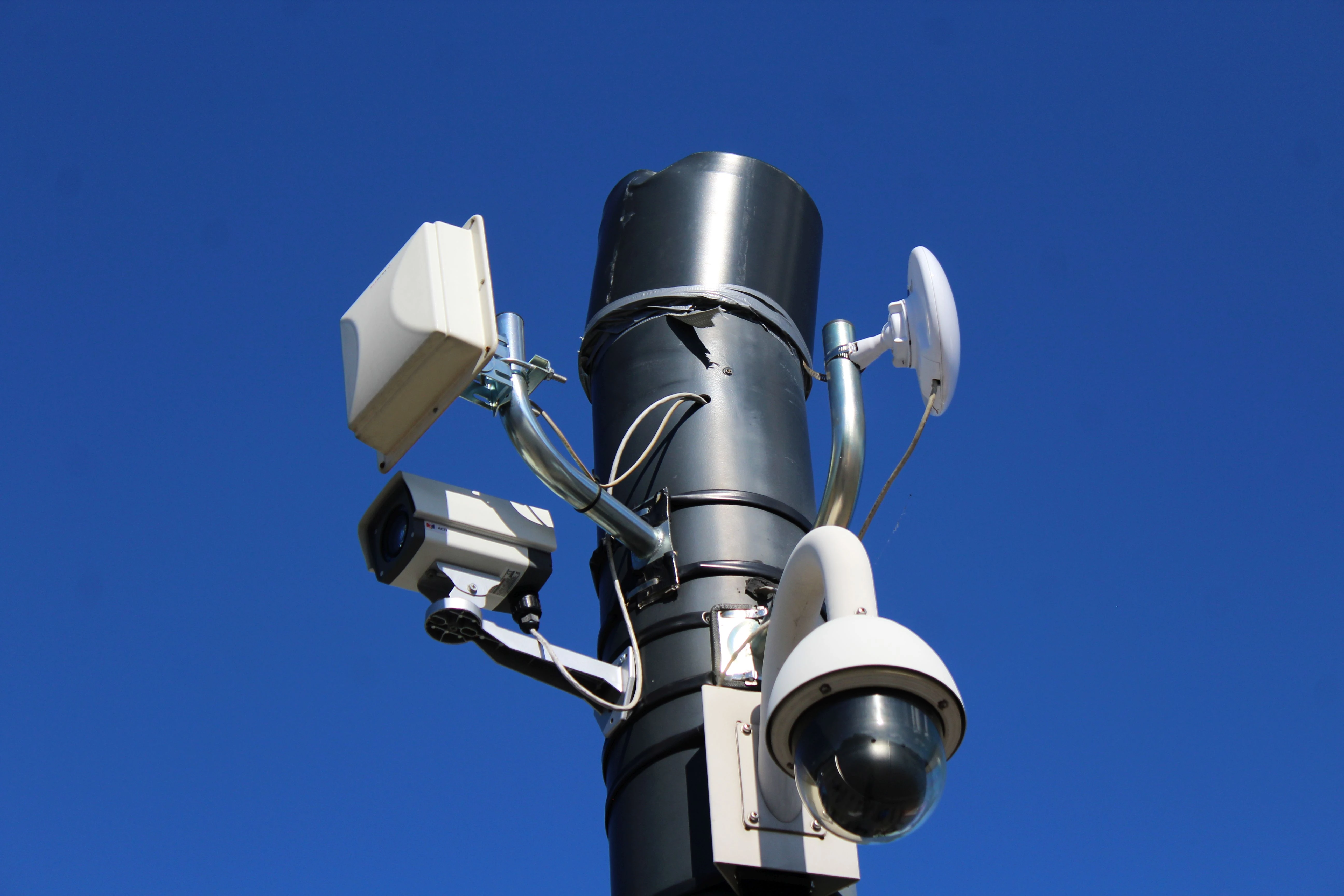UK economic growth slowed to 0.3% in the second quarter of 2025, down from 0.7% in the first three months of the year. The Office for National Statistics released the figures showing the economy's momentum declined after a strong start to 2025.
The performance exceeded economists' widespread expectations of just 0.1% growth. An uptick in June activity and revised data for earlier in the quarter helped boost the final figure above forecasts.
Quarterly performance breakdown
The economy struggled through April and May before recovering strongly in June with 0.4% growth. ONS director of economic statistics Liz McKeown said: "Growth slowed in the second quarter after a strong start to the year."
She explained that the economy was weak across the spring months, with some activity having been brought forward to February and March ahead of stamp duty and tariff changes. The June recovery helped offset the earlier weakness.
Services led growth across the second quarter as a whole. Computer programming, health and vehicle leasing sectors showed particular strength during the period.
Underlying economic pressures
Businesses had moved activity earlier in the year to avoid policy changes, creating artificial volatility in quarterly figures. The timing effects of stamp duty and tariff modifications distorted normal economic patterns.
According to Sky News, higher business costs and customer caution contributed to the slower growth environment. International trade tensions, including US President Donald Trump's tariffs, have affected UK business behaviour and economic planning.
Sources used: "PA Media", "Sky News" Note: This article has been edited with the help of Artificial Intelligence.









